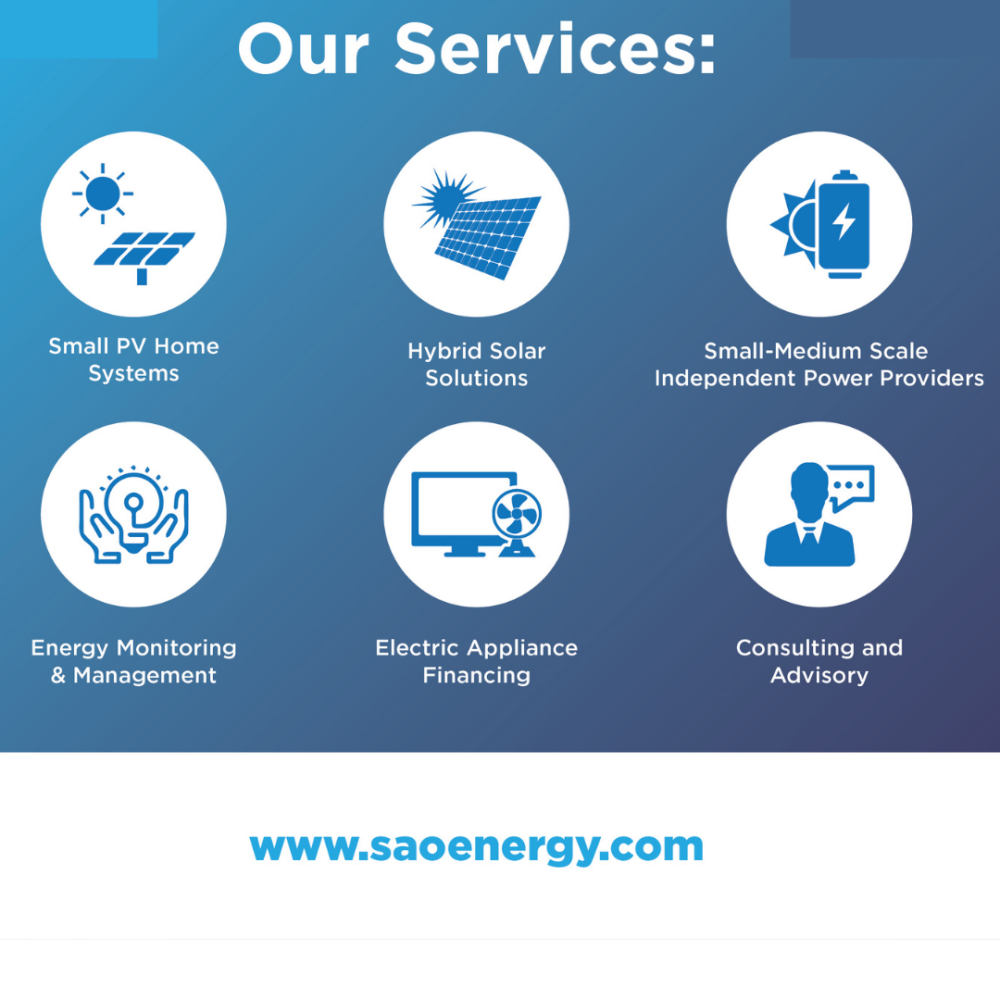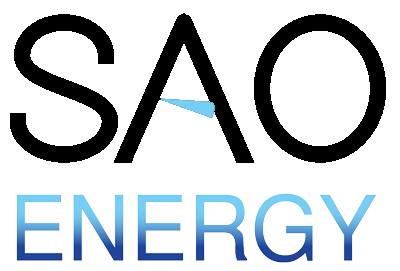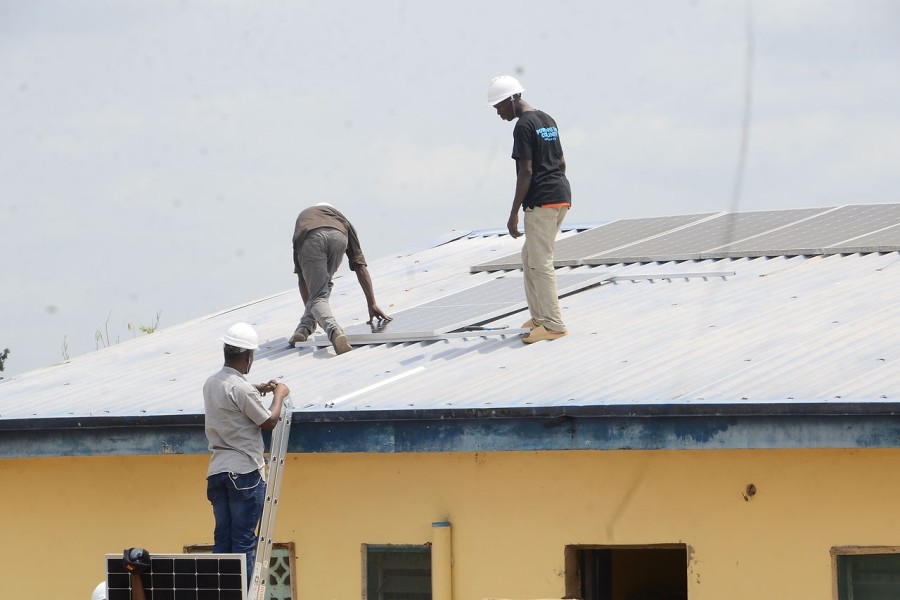Nigeria’s 23 thermal and hydropower generating plants have an installed capacity of nearly 13,000 megawatts, with an estimated dispatch of only 4,500 megawatts. In addition, we have encountered multiple power grid collapses, as recently as April 2022 which was the 5th this year. The country ranks 171 out of 190 nations in terms of access to electricity, according to the World Bank.
Impact on the citizens.
About 47% of Nigerians do not have access to the grid, and those who do have access face regular power outages. This has resulted in Nigeria being heavily reliant on petrol and diesel-powered generators to fill the gap. It is estimated that the 22 million small-unit generators currently in use, come with their own issues, such as:
- effect on climate through fossil fuel burning
- high cost of diesel and petrol
- negative impact on health
- high procurement and maintenance costs
- noise pollution.
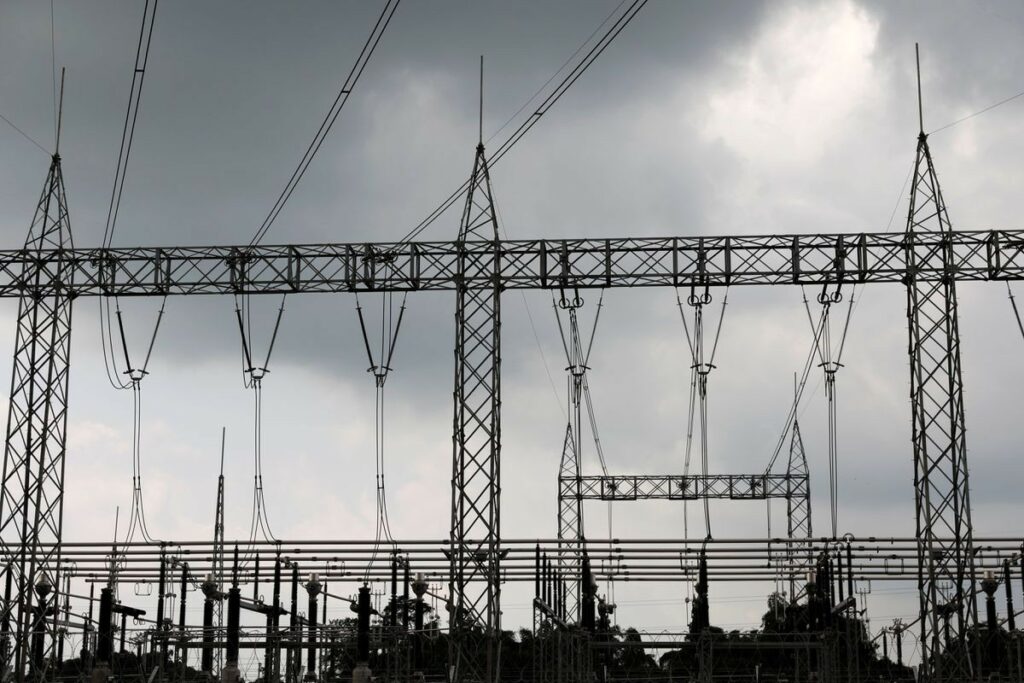
What is the effect on the Nigerian economy?
According to a projection by the World Bank, Nigerian businesses may have lost nothing less than $232 billion (N96.4 trillion) in the last eight years.
Therefore, getting access to electricity ranks as one of the major constraints being faced by the private sector, in particular the non-oil sectors such as manufacturing and other services. As such, a high focus needs to be placed on renewable energy sources such as solar, hydro, wind farms and bioenergy.
Solar as an alternative.
In line with the United Nation’s Sustainable Development Goal 7, Nigeria is in the process of increasing the supply of solar power capacity from 1MW to 20MW by 2030. To achieve this goal Nigeria has implemented a number of initiatives, some of which are:
1. Solar Nigeria Programme (SNP): The largest solar programme in Nigeria. (2013-2020)
Aim: To strengthen the market for off-grid solar-generated energy, and to accelerate the uptake of solar energy technology in Nigeria.
What did the project achieve?
- In Lagos – electrified 175 schools and 11 clinics delivering electricity to 920,000 beneficiaries;
- In Kaduna – electrified 34 primary health centres benefiting 260,000 beneficiaries;
- In Borno – a pilot was launched. Electrifying 3 hospitals with 92,000 beneficiaries;
- Supported signature of an energy compact between Nigeria and the UK;
- Supported the development of the $350m World Bank rural electrification project;
- Supported the acceleration and expansion of private markets in household solar by mobilizing finance to both consumer and supply chain – to date 500,000 solar systems deployed with SNP support benefiting 2,500,0000 beneficiaries
2. Nigerian Energy Support Programme (2017-2021).
Nearly 16,000 people gained access to solar power in rural areas.
3. Solar Power Naija
- Currently, about 20,000 units are being deployed across all 36 states of the country as 4,750 Fan SHS units have been assembled in the country. The rest was to be completed by March 2022.
- An additional 15,000 local assembly kits have been shipped for further deployments, while another 60,000 units are expected to be deployed by the third quarter of 2022.
Renewable energy references
According to AFDB, as a collective, Africa’s energy potential, especially renewable energy, is enormous, yet only a fraction of it is being currently employed. As an example, South Africa instituted the Integrated Resource Plan (2019) that made provision for immediate action to construct 1600 MW of wind power, 1000 MW of solar power and 513 MW of electricity storage capacity to bring online by 2022.
Like AFDB and SouthAfrica, Nigeria’s approach could be to maximize renewable energy sources including solar energy.
How big is Nigeria’s energy potential?
On average, Nigeria gets between five to seven hours of sunlight daily. A 2019 report by the director-general of the Energy Commission of Nigeria estimated that
“… If 1% of Nigeria’s land area were to be covered with a solar technology of 5% efficiency, about 333,480 megawatts of electricity could be generated, which is “more than enough for the country”.
What part is SAO Energy playing in mitigating the power challenges?
SAO Energy (a subsidiary of SAO Group of companies), in partnership with Okra Solar, launched their pilot project – to power rural communities – across two southern states in Nigeria.
The goal is to energise 20,000 households, Primary Health Care Centres (PHCs), schools and religious establishments, all of which have been without electricity supply for a number of years, and in some cases not connected to the national grid.
What could happen if Solar power was rolled out on a larger scale in Nigeria?
Case Study- by Boston Consulting Group (BCG) and Shell-funded impact investment company, All-On.
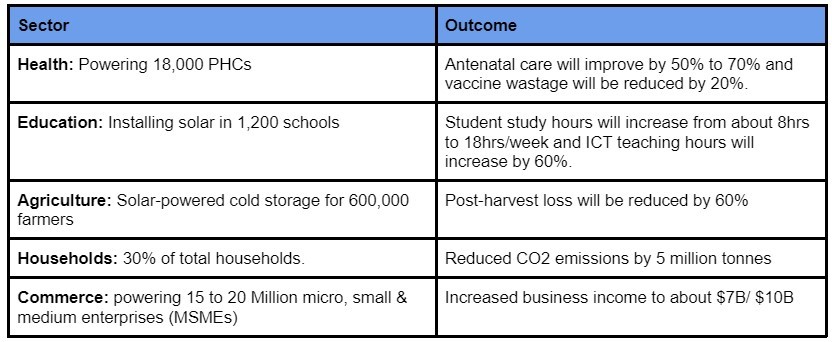
Key considerations:
- Affordability
- Skills transfer (maintenance and installation)
- Assess current energy usage to satisfy local demand
- System availability
Conclusion and Key takeaway:
Solar energy has the least negative impact on the environment compared to any other energy source. It can help boost electricity access in Nigeria whilst reducing dependence on fossil fuels. As the country drives toward fixing its power issues, investing in Solar power is an innovative step in the right direction.
You can participate in solar power initiatives by contacting SAO Energy
(Click on the image below)
